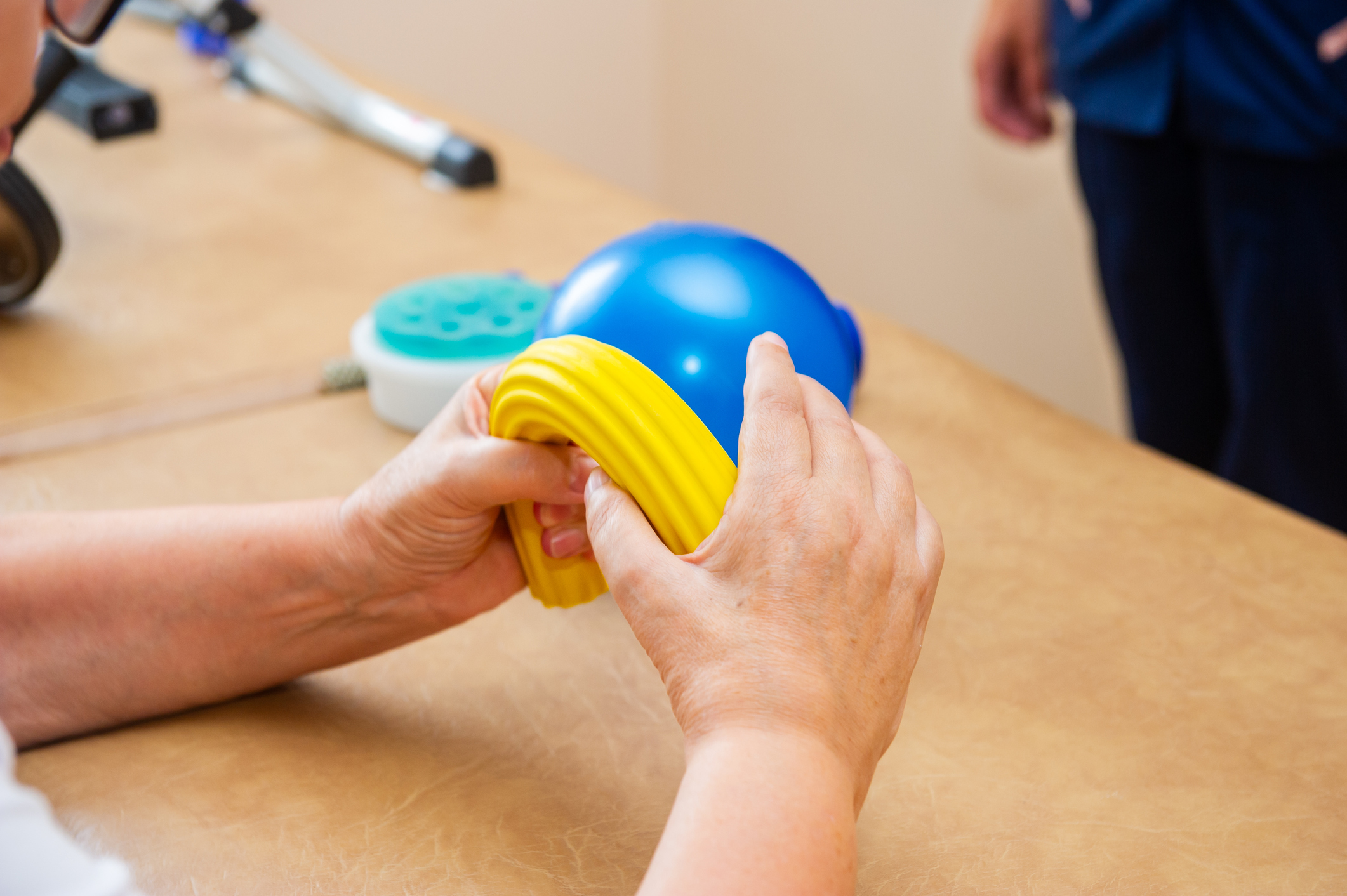Dual-task training is a rehabilitation approach often used for stroke survivors to improve their functional abilities and cognitive functions simultaneously. Stroke can lead to various deficits in motor skills, coordination, attention, and memory. Dual-task training addresses these deficits by combining two different tasks that need to be performed concurrently. This challenges the individual to allocate their attention and cognitive resources effectively, mirroring real-life scenarios where multitasking is required.
Here’s how dual-task training works for stroke survivors:
- Task Combination: Two tasks are selected – one primary motor or physical task and another secondary cognitive task. For example, the primary task could be walking or reaching for an object, while the secondary task might involve counting, naming objects, or solving simple math problems.
- Progressive Complexity: The tasks start relatively simple and gradually increase in complexity as the individual’s abilities improve. This ensures that the training remains challenging and promotes continuous improvement.
- Attention Allocation: Stroke survivors often struggle with divided attention due to brain damage. Dual-task training forces them to distribute their attention between the primary and secondary tasks, enhancing their ability to focus on multiple tasks simultaneously.
- Neuroplasticity: Dual-task training leverages the brain’s neuroplasticity, allowing it to rewire itself and form new connections. By engaging in dual-task activities, stroke survivors can potentially improve damaged neural pathways and develop alternative routes for performing tasks.
- Real-World Relevance: The goal is to improve the individual’s ability to perform activities of daily living. By practicing tasks that closely resemble real-life situations, stroke survivors can regain practical skills and enhance their independence.
- Feedback and Monitoring: Continuous feedback from therapists or devices can help stroke survivors track their progress and make necessary adjustments. This feedback loop is essential for setting achievable goals and ensuring the training remains effective.
- Individualized Approach: Dual-task training should be tailored to each individual’s specific needs and limitations. The intensity and difficulty level of the tasks should be adjusted based on their progress and abilities.
- Safety Considerations: Safety is paramount during dual-task training. Depending on the individual’s motor and cognitive impairments, therapists should ensure that the tasks are challenging but not overwhelming or risky.
- Multidisciplinary Collaboration: Effective dual-task training involves collaboration between physical therapists, occupational therapists, and cognitive rehabilitation specialists. Each professional contributes their expertise to create a comprehensive training plan.
- Consistency and Persistence: Like any form of rehabilitation, consistent and persistent practice is key. Regular dual-task training sessions, combined with other appropriate therapies, can lead to better outcomes for stroke survivors.
It’s important to note that while dual-task training can be beneficial, it might not be suitable for all stroke survivors. The approach should be personalized and adapted based on the individual’s specific condition, needs, and progress. A qualified rehabilitation professional should always guide and supervise these training sessions.



